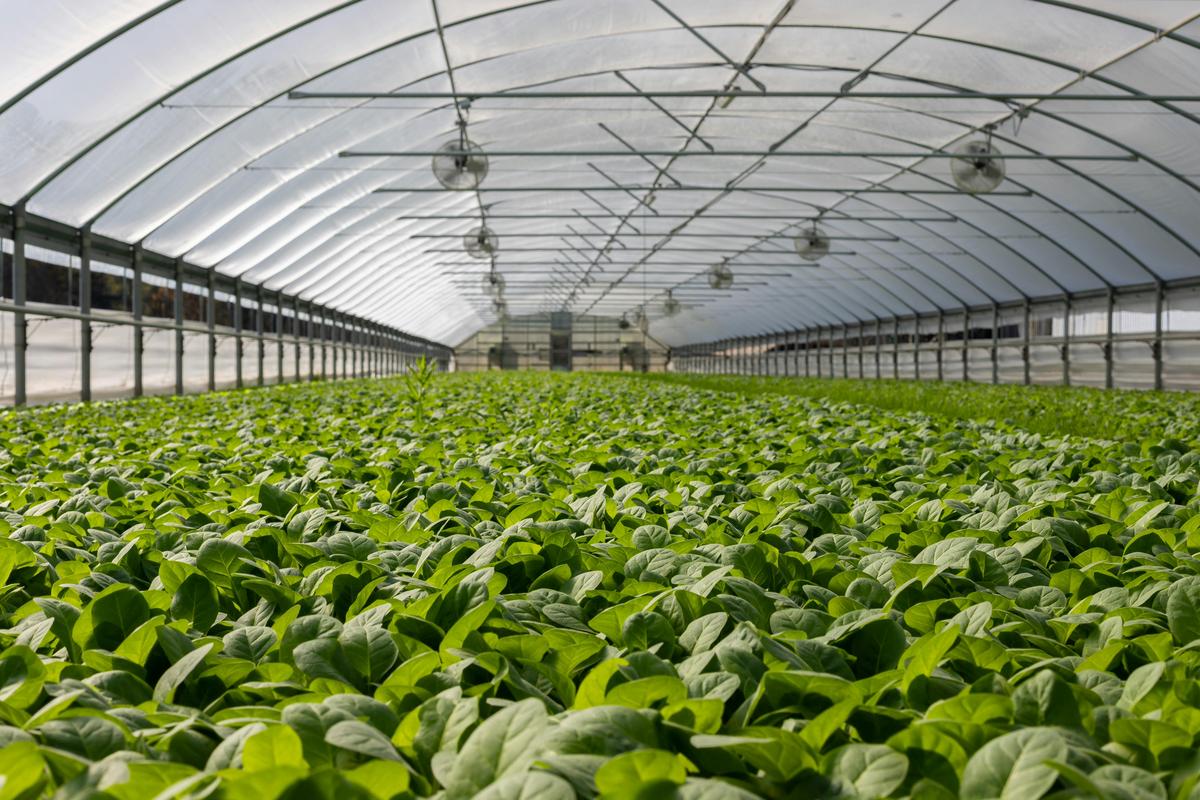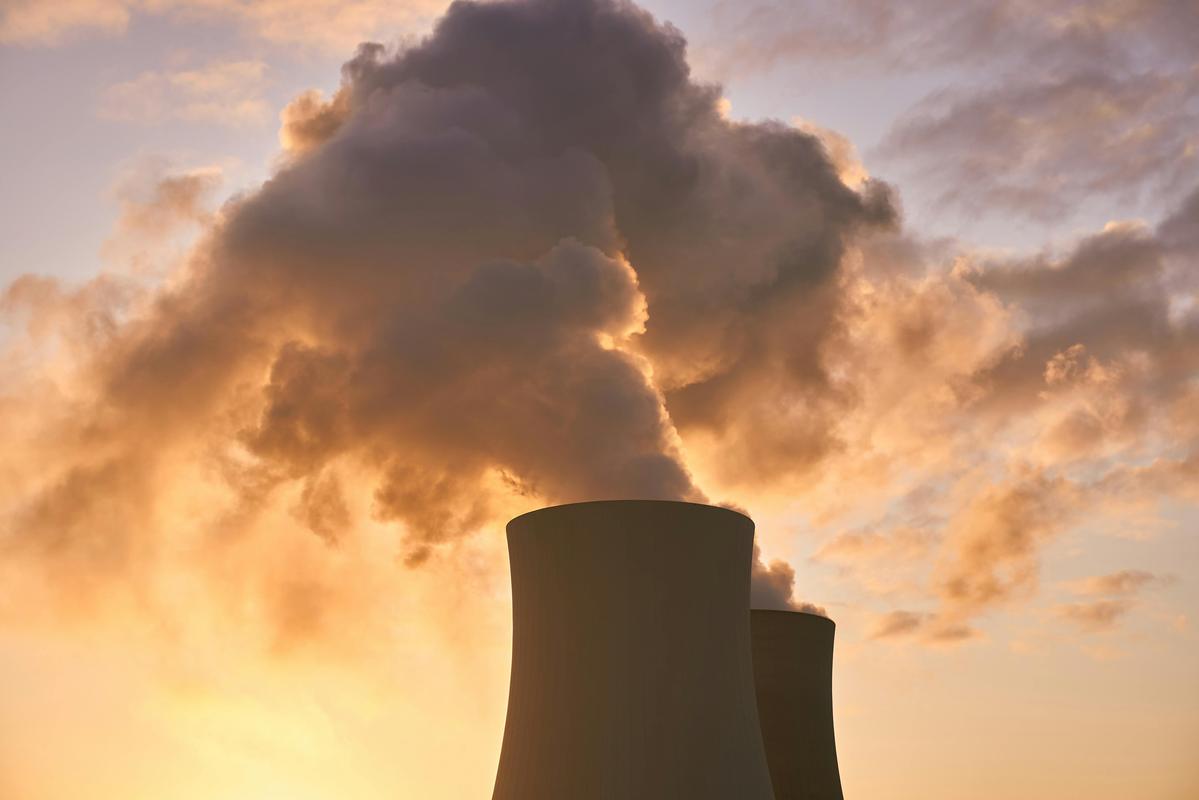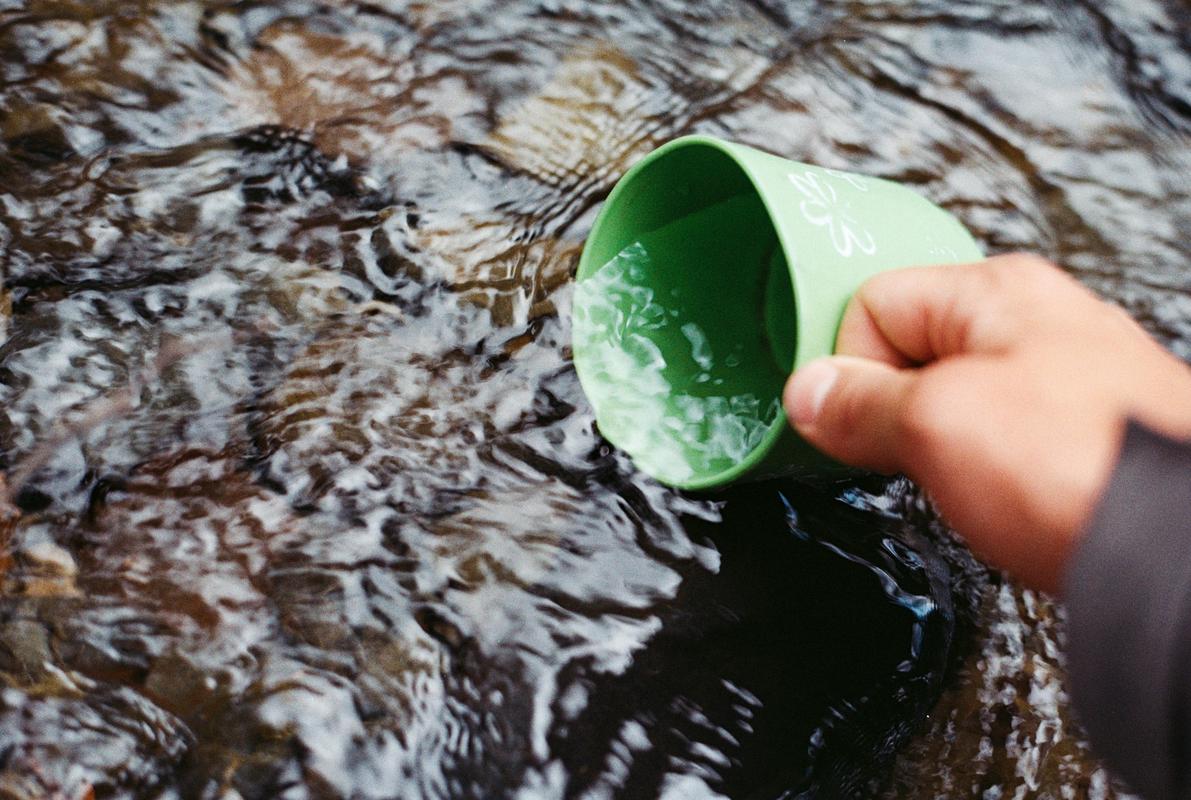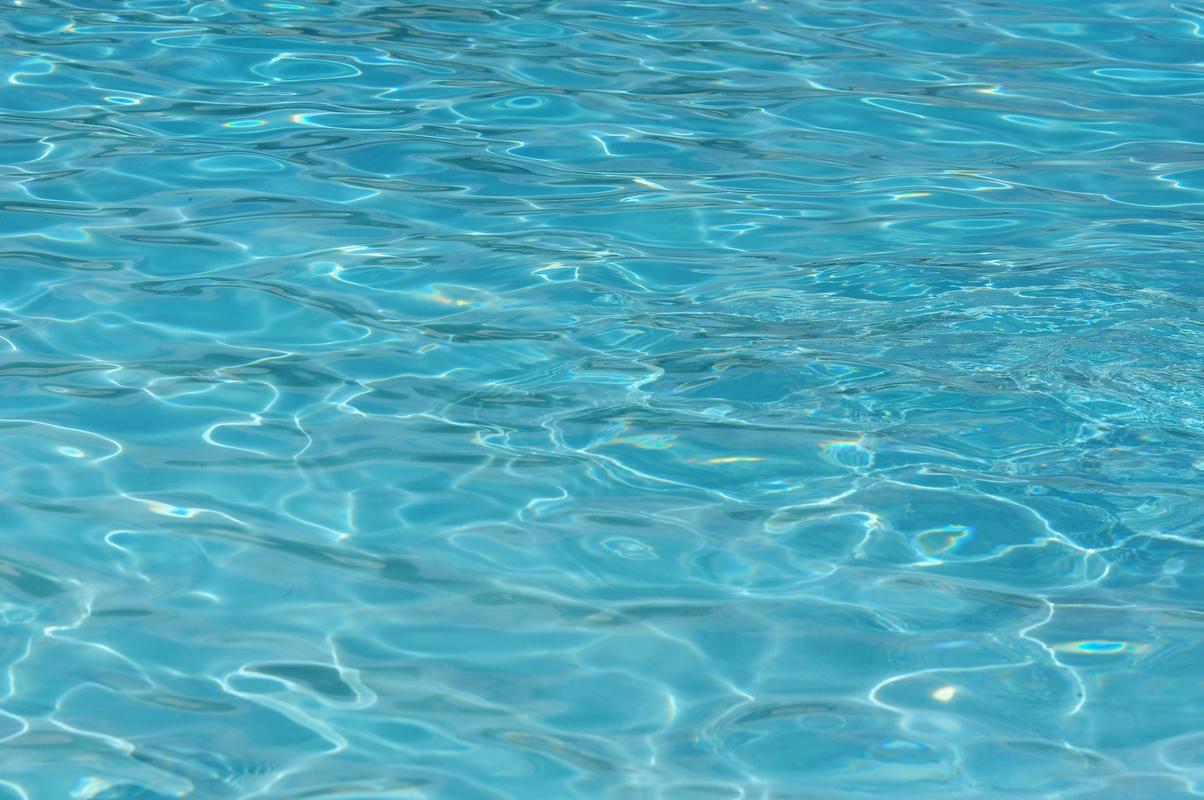Introduction to Water Energy: Exploring Innovative Examples
Harnessing the power of water has always been a fascination for engineers and innovators. From the ancient waterwheel to the modern hydroelectric dam, the potential of this renewable resource has captured our imagination. But as we learn more about the natural world, we’re finding new and clever ways to tap into the energy of our waterways.
One cool innovation is the VIVACE system, created by Vortex Hydro Energy. Inspired by the graceful movements of swimming fish, VIVACE uses vortices – the swirling patterns created by water flowing around objects. Large open boxes, each with a series of cylinders, are placed on the riverbed or ocean floor. As the water currents move over these cylinders, they create vortices that make the cylinders move up and down. This motion is then used to power a generator, turning the water’s kinetic energy into clean, renewable electricity.
The beauty of this system is how it works in harmony with the natural world. The slow, gentle movements of the VIVACE cylinders don’t harm fish or other aquatic life, allowing them to thrive alongside the power-generating setup. In fact, the vortices created by the system can actually help certain species, like the rainbow trout, which can use the up-and-down motion to conserve energy as they swim.
Hydropower has always been a key part of our renewable energy landscape, with dams and turbines using falling water to make electricity. But as we see the environmental impact of these big projects, engineers are exploring more sustainable and eco-friendly options. The VIVACE system, with its low-impact design and harmony with the natural world, is a promising step forward in our quest to harness the endless energy of our waterways. 1 2
 Photo by Mark Stebnicki on Pexels
Photo by Mark Stebnicki on Pexels
Hydropower: Traditional and Modern Water Energy Examples
Hydropower has been a reliable and renewable source of energy for a long time, using the power of moving water to create electricity. This technology has been around for centuries, with early civilizations using rivers and streams to power different things. Nowadays, hydropower is a versatile energy solution that plays a key role in the global push for sustainable power generation.
In the United States, hydropower makes up a significant portion of electricity production, accounting for about 6.6% of the nation’s power in 2019. The first power plant for long-distance electricity transmission was built in California in 1893, which was a big moment in the widespread use of this renewable energy source. Currently, the U.S. hydropower fleet has a capacity of 103 gigawatts, with the potential for an additional 12 gigawatts in existing non-powered dams.
Hydropower is not just a primary energy source, it also offers valuable services like load-following, spinning reserves, reactive power, and black start capabilities.
Globally, hydropower makes up around 16% of total electricity production, with China leading in installed capacity. The U.S. Department of Energy’s Water Power Technologies Office is leading research and development efforts to expand and optimize hydropower to meet future energy demands. As the world looks for cleaner and more sustainable energy solutions, the lasting legacy and innovative potential of hydropower offer hope for a greener, more resilient energy landscape. 3 4
 Photo by Markus Distelrath on Pexels
Photo by Markus Distelrath on Pexels
Wave and Tidal Energy: Cutting-Edge Water Energy Innovations
The ocean’s huge expanse has so much untapped potential for renewable energy generation. Wave and tidal energy technologies are leading the way in this blue revolution, changing how we harness the power of water.
The Sihwa Lake Tidal Power Station in South Korea is a great example of tidal energy’s potential. This amazing facility uses the gravitational pull of the moon and sun to turn the ebb and flow of the tides into a reliable source of electricity. Similarly, the MeyGen tidal energy project in Scotland has shown that tidal power works, with innovative turbine designs that improve efficiency.
Floating wave energy converters are also becoming more popular, allowing us to capture the energy of ocean waves in deeper waters. The Pelamis Wave Energy Converter, a groundbreaking project, has paved the way for wave energy farms that use multiple converters to provide a steady supply of electricity. These advancements are supported by energy storage solutions, ensuring a constant flow of power even when waves or tides are low.
- The European Marine Energy Centre (EMEC) in Orkney, Scotland, has become a hub for testing and demonstrating ocean energy devices, attracting investments and creating job opportunities.
- Ocean Thermal Energy Conversion (OTEC) projects in Hawaii and the Cayman Islands use the temperature difference between warm surface water and cold deep water to generate electricity, adding to the range of water-based energy solutions.
- Ongoing research and development focus on improving wave energy converters and creating innovative floating platforms for offshore wind and wave energy installations, paving the way for a future where the ocean’s endless energy powers our world.
As we move towards a sustainable energy future, the innovations in wave and tidal energy give us a glimpse into the vast potential of our oceans. By embracing these cutting-edge water energy solutions, we can unlock a new era of clean, renewable power that will shape how we power our lives. 5 6
Future of Water Energy: Emerging Technologies and Sustainable Solutions
The future of water energy is full of exciting solutions that harness the power of H2O. Leading the way in this revolution is the National Renewable Energy Laboratory (NREL), whose researchers have come up with a groundbreaking wave energy technology that could be more cost-effective, generate more energy, and withstand the ocean’s forces better than current systems.
Adding to this breakthrough is NREL’s Marine and Hydrokinetic Toolkit, a free library that lets developers access valuable data on U.S. ocean and river sites, helping them analyze how their technologies perform in different conditions. The lab has also tested out a new wave-powered desalination device, showing how versatile water-based energy solutions can be.
Understanding the importance of data in driving progress, NREL has brought together industry experts to find ways to improve how prototype performance data is collected and analyzed, a key step in speeding up the adoption of these game-changing technologies.
Expanding the possibilities of water energy, NREL researchers have mapped out the potential for new pumped storage hydropower facilities across the United States. These facilities could store enough clean energy to support a future carbon-free electricity grid, seamlessly working with intermittent renewable sources like wind and solar.
Hydropower, the most established renewable electricity source, provides over 17% of the world’s electricity, offering significant mechanical inertia and grid stability. Alongside this, wind and solar power have seen impressive growth, with installed capacities reaching new levels. Innovative hybrid systems, like those combining concentrating solar power with fossil fuel plants, are further boosting the efficiency and flexibility of these renewable technologies.
As the world moves towards a sustainable energy future, the creativity and dedication of organizations like NREL are paving the way for a future where water energy plays a key role in powering our world. 7 8
 Photo by Jens Johnsson on Pexels
Photo by Jens Johnsson on Pexels
References
-
“Cub Environ Lesson09 Activity3” - www.teachengineering.org ↩
-
“Our Most Popular And Powerful Water Power Moments From 2022” - www.nrel.gov ↩
-
“Renewable Energy And Electricity” - world-nuclear.org ↩
